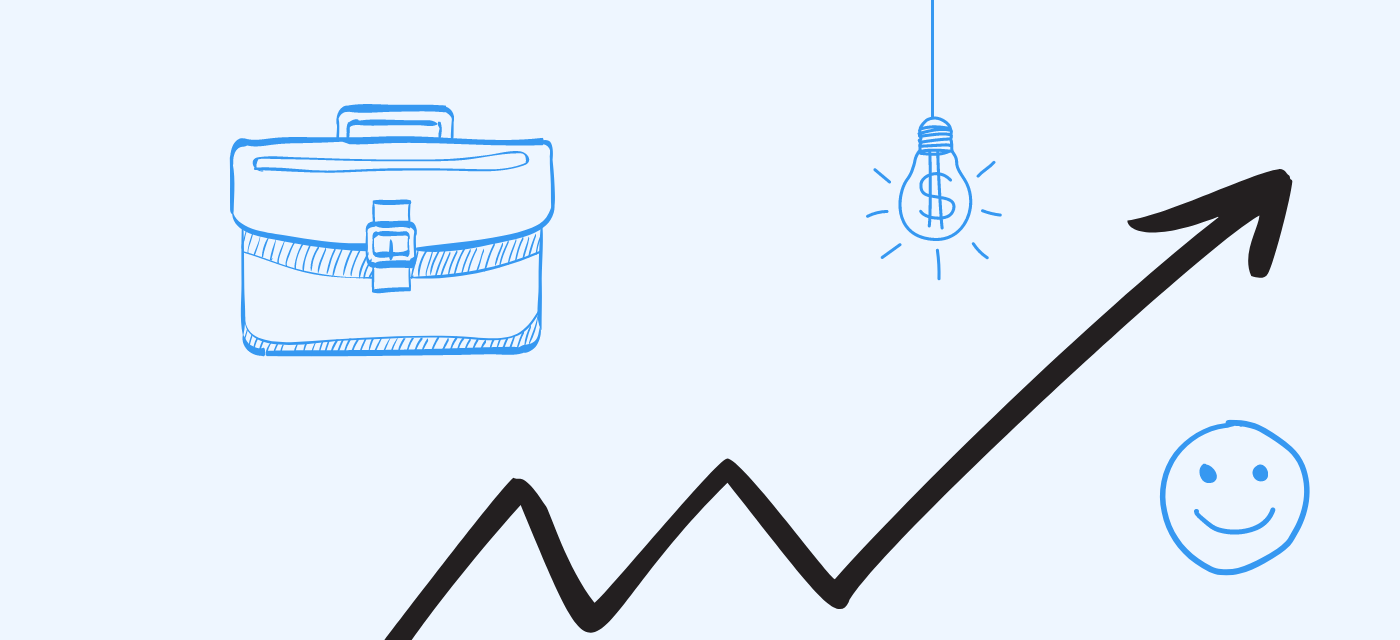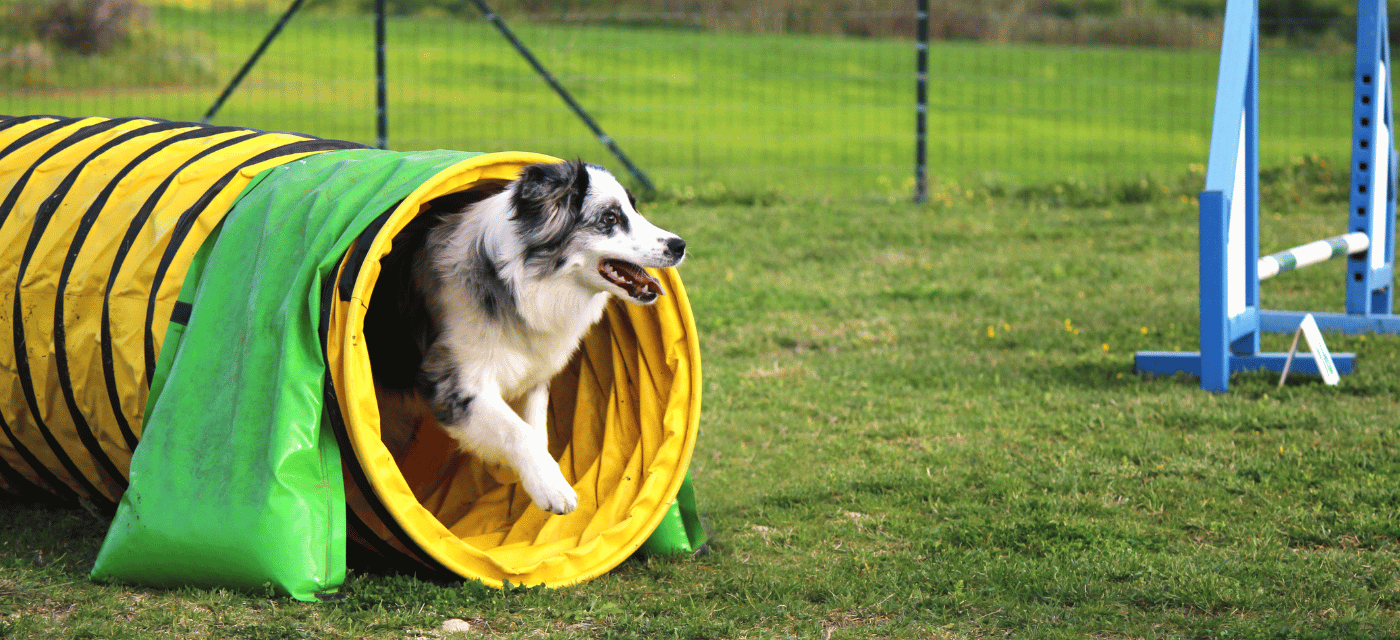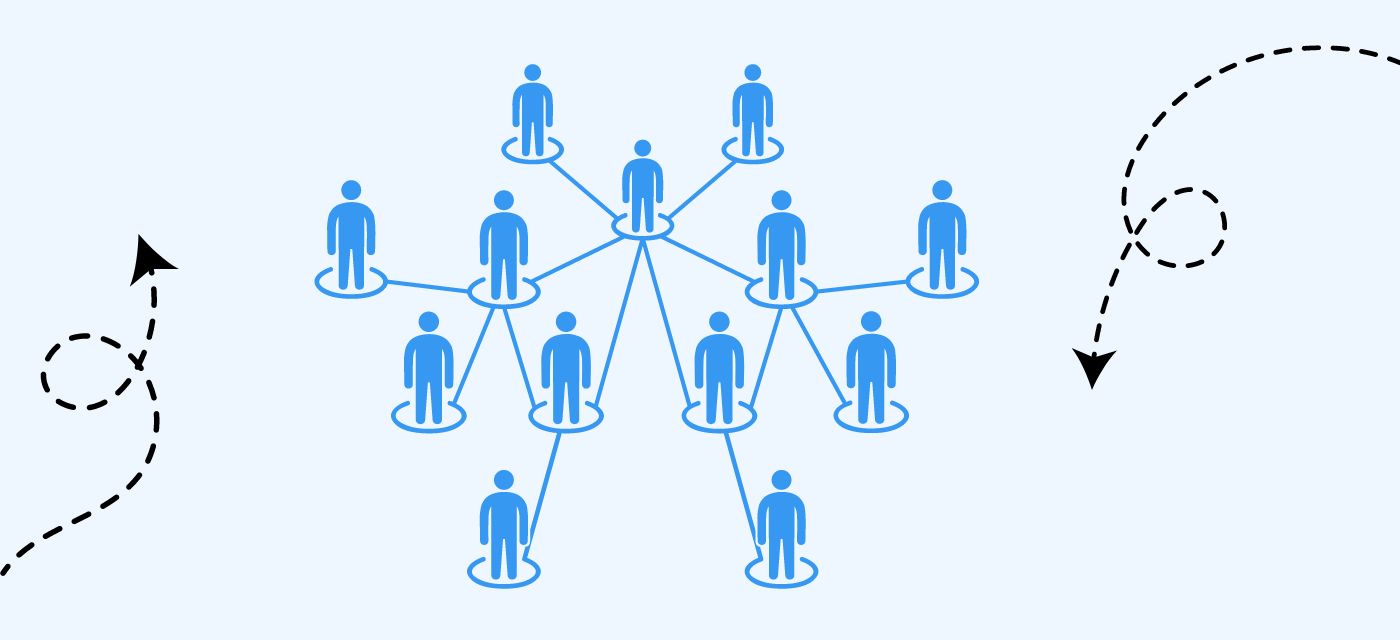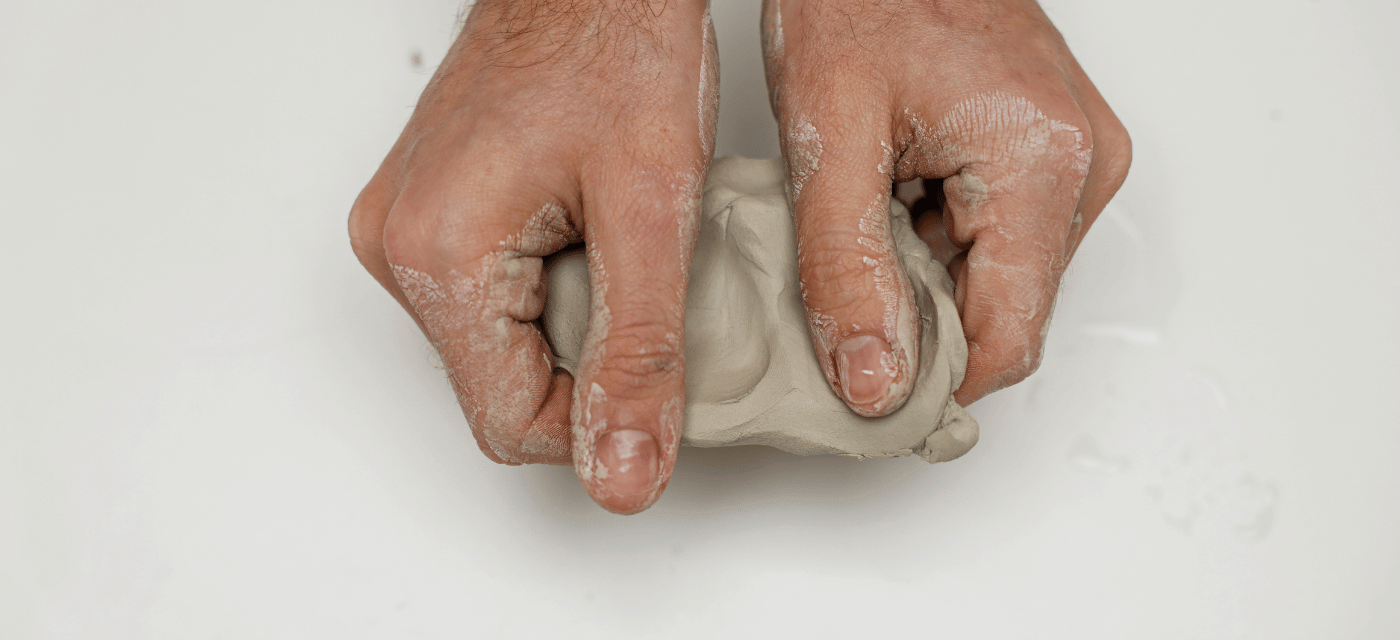Key takeaways and what to expect if you keep reading:
💡 Work design encompasses five core elements — the how, what, where, when and by whom that work gets done to achieve strategic goals
💡 It helps us optimise the three Ts: our teams, time and tasks using real-time data that takes the ‘gut feel’ out of it and accelerates scalability
💡 Organisations are using work design principles to solve for key challenges such as flexible work, unsustainable workloads, scenario planning, and OKR alignment
💡 With a clear business case and a world-first work design platform like Beamible, now is the time to experience it for yourself
Optimising the three Ts: teams, time and tasks
We know that unrealistic, unsustainable, unstrategic and poorly designed work is a fast track to burnout and worse, and that it is costing organisations millions of dollars not to mention our precious health and peace of mind. We also know that the answer is not to do more, but to ruthlessly prioritise what is strategic and value-generating. Enter: work design.
Done well, work design can positively impact and elevate every level of our organisations. But what does it *actually* look like in practice and what are some common business use cases that demonstrate its importance and impact? Let’s unpack how work design can help us dial up the productivity and proactivity to get us doing our best work, more often.
The power of work design done well
Work design is a dynamic process that enables organisations to do more of what’s working and what’s keeping people energised, while giving us the data-driven permission we need to let go of ‘busy work’ that adds little value and wastes precious resources.
The process itself involves clustering work tasks in an optimised way, then deconstructing it to build it up again, but better.
Want a refresher on work design? Read:What is work design ↗
The five core elements of work design
There have been significant shifts in recent years regarding when and where work gets done, but this is only part of the picture. Because, in addition to supporting and enabling greater flexibility in terms of when and where we work, more ‘mature work models’ also allow for greater autonomy, visibility and hyper-personalisation in terms of how and what work is performed and by whom. Together, these five elements form the core of work design. Let’s take a look at each of them in detail and the kinds of prompting questions that can get you the answers you’re seeking.
WHERE → optimal locations to complete the work
Considerations include things like:
- What are the employee’s preferences?
- Are clients or customers involved?
- Does the work need to be completed in a designated environment (e.g. work site, factory, etc.)
- Is it collaborative or independent work?
Informs decisions on: location-based flexible work, hybrid, remote or in-office options, for example.
WHEN → optimal time to complete the work
Considerations include:
- What are the employee’s preferences?
- Does it need to be scheduled around clients or customers?
- What requirements do other collaborators or stakeholders have?
- Are there dependencies or deadlines in play?
- Is there capacity to complete the work?
- Is strategically important work being prioritised?
Informs decisions on: time-based flexible work; part-time, job-sharing, or asynchronous hours; workloads and capacity.
HOW → the work will be best completed
Considerations include:
- Which team members have capacity?
- Which team members can make the most impactful contribution to completing the work?
- Is the work strategically aligned, and is it being prioritised over non-strategic work?
- What are reasonable and consistent expectations for performance on this piece of work?
Informs decisions on: organisational design; productivity drivers; cost efficiencies.
WHAT → work needs to be completed
Considerations include:
- What work is enjoyable and energising to the employee?
- What work will contribute to achieving strategic business goals?
- What work can be stopped or paused to make way for more important work?
Informs: productivity levels; employee satisfaction; organisational efficiency.
WHO → is best placed to complete the work
Considerations include:
- Who has the skills best suited to the work?
- Who has capacity to complete the work?
- Which stakeholders need to be involved?
- Who is energised by the work that needs to be done?
Informs: organisational efficiency, productivity levels; helps to ensure that the right teams with the right people and the right skill sets can do the work.
Replacing gut feel with tangible data
Just like Shakira’s hips — the data doesn’t lie. Having reliable information on hand can inform better decisions on how work is designed and prioritised, and can help eliminate wasted time on tasks that don’t align with the organisation’s goals and objectives. It also enables teams and employees to adapt, flex and respond to capacity gaps and work overload fast and easily.
One way to approach work design is to deconstruct the work you’re doing into smaller bundles, analyse it and then reconstruct in a way that’s optimised to help you reach your strategic goals. It is about giving managers the right tools, capabilities and visibility to walk the tightrope between delivering great work and keeping their people happy, and employees the mechanism to advocate for their wants and needs.
Most companies are lacking in work design capabilities, and only one in ten organisations currently use advanced technologies… to help understand how work actually happens.
— The Josh Bersin Company,****The Definitive Guide to Organizational Design: The Journey to Agile
What happens to the ‘other’ work?
Work design — the Beamible way — involves applying tags to buckets of work, which then inform whether this work can be reduced, stopped or re-allocated. You’ll stop and reduce what you can, then move anything else into an ‘unallocated’ bucket.
You can then look at the broader team to propose other, more creative options to ensure that necessary work gets done. Could it be distributed to someone else on the team or another team who does have capacity? Can we pause it? Could a contractor help with it?
There is also the option to map out different scenarios and business cases, so that you can have a constructive conversation with your manager, executive or other stakeholders about different options. That’s where the magic really happens. Let’s take a look at a few real-world examples of companies thriving using work design to optimise their work.
Examples of work design in action
Campari — embedding flexible and hybrid work
One of Campari’s key values is ‘together,’ positioning the company as a diverse and inclusive workplace where everyone could thrive. Yet without key visibility over when, where, how, what and by whom the most high impact and high value work was getting done, there were serious questions about whether the company could deliver on this promise.
Prompted by Senior Brand Manager, Nat, who was looking to return to work in a part-time capacity after parental leave, Campari began implementing work design principles to deconstruct work in a way that employees could better meet the needs of the business as well as their own.
Key Challenges
- Continuing to work with major commercially critical brands without having ‘face time’ every day;
- Getting buy-in and support from all stakeholders;
- Gaining support from her team to help manage her responsibilities;
- Defining expectations from senior leadership;
- Mapping responsibilities of the position to identify the most important work to retain.
Outcomes and impact
Using work design principles and the Beamible platform, Campari was able to:
- Identify that team members would spend up to 5-6 hours a week in internal WIP meetings, and design a plan to reduce it;
- Understand the ‘peaks and troughs’ of the work and proactively make decisions on the type and timing of extra resourcing;
- Identify skill and capacity gaps, and give managers a better understanding of the ‘health’ of their team;
- Walk the walk with a significant shift in mindset towards part-time/flexible/hybrid work opportunities.
READ:Campari Case Study ↗
Fitness Passport — developing a business case for new hires
Fiona Rose, CEO of high growth wellness company Fitness Passport, kept hearing from her GMs that they were at capacity and needed more people. But without the data, it was hard to accurately assess the case for more resources and determine the ROI on each new hire to present to the board.
Key Challenges
- Lack of visibility of the team’s workload, contributions and priorities after moving to a hybrid work model;
- Whether new hires would solve high workloads or if tasks of current employees could be reprioritised;
- Identifying the gaps in the current workforce to effectively target new hires;
- Support these insights with data to present to the board for approval.
Outcomes and impact
Using work design principles and the Beamible platform, Fitness Passport was able to:
- Identify less strategic work and reassign it to more junior roles;
- Reduce the experience level required from new hires;
- Quickly and easily present a strong case for ROI on new hires to the board by showing data behind scenarios with and without the new hires;
- Provide managers with more day-to-day visibility of their teams and the wider organisation;
- $75,000 saved in unnecessary employee overhead costs and $175,000 budget for new hires approved.
READ:Fitness Passport Case Study ↗
B Lab Australia and Aotearoa New Zealand — mitigating burnout and reallocating tasks
It is common, when organisations grow as rapidly as B Lab AANZ, that individual roles become muddied and workloads quickly become unsustainable. Of course, we know that the solution is not to do more, but to do more good, and let go of the rest.
Key challenges
- The number of activities in each role was overwhelming and too far-reaching;
- Lack of focus and unclear goals making it hard to prioritise high-value work;
- Long hours and the risk of burnout and attrition;
- Unfulfilling activities or skill gaps.
Outcomes and impact
By deconstructing the work, and building it back up better, B Lab AANZ was able to use work design to:
- Reduce working hours without compromising productivity or outcomes;
- Gain visibility into how team activities align with business goals;
- Create a scalable & sustainable growth roadmap;
- Achieve greater transparency into career progression pathways;
- Redistribute and reshape tasks, including identifying a new hire and change of role titles.
READ:Case study B Lab Australia and Aotearoa ↗
Solve the workforce challenges of today and tomorrow
The good news is that you are likely already doing some elements of work design in your organisation — redistributing work amongst the team, having team members wearing multiple hats or executing hybrid roles according to their ‘zones of genius’.
But the chances also are that you are yet to experience the many applications of work design, whose learnings can be applied again and again across your organisation to navigate myriad challenges and pain points in the modern workforce. Here are just a few:
- Attract top talent → Offer a compelling reason ‘why you’ by showcasing your flexibility and culture of trust and autonomy
- Retain your best people → Create a great employee experience with role clarity, fulfilment and clear expectations
- Create quick & easy business cases → See capacity and/or skill gaps with valuable data at a glance
- Inform strategic hybrid and flexible work → Use data to inform optimal working arrangements
- No hassle due diligence → Answer due diligence requests quickly and easily, and speed up your review process
- Cost analysis and savings → Roll up data to see costs on a team or organisational level before you make decisions
The work design platform
If you want to see how work design can help you unlock productivity, flexibility and efficiency at scale, try the world’s-first work design platform. Spoiler alert: it’s Beamible. Beamible is the platform.





